Sustainable Interior Design: 13 Ways to Create an Eco-Friendly Home You’ll Love

Welcome to the world of sustainable interior design, where style meets eco-friendliness and functionality. With increasing environmental awareness, creating eco-friendly homes has become a top priority for many.
Sustainable interior design is about creating a space looks great and does great for the planet. When you embrace sustainable interior design, you make a statement, both with design and with your values and commitment to a greener future.
In this blog, we'll explore the importance of sustainable interior design and how it can benefit both you and the environment. We’ll also provide you with all the tips you need to start designing an eco-friendly home today.
What is Sustainable Interior Design?

As we said, sustainable interior design is the bridge between stunning aesthetics and environmental responsibility. There are tons of benefits for you, including improved health and well-being and tremendous cost savings on your home.
Energy efficiency is key when it comes to sustainable interior design. This means using energy-saving lighting, appliances, and HVAC systems to consume as little energy as possible and save money on bills.
Additionally, sustainable interior design emphasizes the use of eco-friendly materials, materials that can be recycled or renewed. This creates a healthy living space with a cleaner atmosphere, thanks to the use of non-toxic materials and indoor plants that purify the air.
How to Design an Eco-Friendly Home
Save Energy with Lighting

One of the simplest ways to create an eco-friendly home is by using energy-efficient lighting. LED bulbs, for example, use 75% less energy than traditional incandescent bulbs, and they can last up to 25 times longer.
Additionally, incorporating natural light into your home design can help to reduce the need for artificial lighting and create a bright and inviting living space.
Use Energy-Efficient Appliances
Another way to make your home more eco-friendly is by using energy-efficient appliances. Look for appliances with an Energy Star rating, which indicates that they meet strict energy efficiency guidelines set by the US Environmental Protection Agency (EPA).
“Investing in energy star-rated appliances is a great way to cut down on your energy consumption. Think fridges, washers/dryers, and even dishwashers,” says Teri Simone of Nieu Cabinet Doors.
Choose Sustainable Interior Materials

Look for materials that are renewable, repurposed, or environmentally responsible. Bamboo is an excellent option for flooring, furniture, and textiles because it's a fast-growing resource. Cork is another durable material that comes from cork oak trees and is perfect for flooring, tiles, and furniture. Reclaimed wood adds character and warmth to any space, as it's repurposed from old buildings or discarded furniture. Recycled glass is also eco-friendly and great for countertops, backsplashes, and decorative accents.
Conserve Water at Home
Conserving water is also an important aspect of eco-friendly living. You can install low-flow showerheads, toilets, and faucets, which can help to save water and reduce your water bill. Also, consider rain-scaping, a new landscaping approach that uses natural techniques to manage and collect rainwater.
Purify Air with Indoor Plants

Indoor plants purify the air, remove harmful pollutants, and add a touch of greenery to your living space. Some of the best plants for air purification include the snake plant, spider plant, succulents, and peace lily. The power of plants extends beyond breathability and will create a tranquil atmosphere that betters your physical and mental well-being.
Decorate Sustainably with Florals
When shopping for flowers, shop for local and seasonal blooms rather than flowers imported from outside of the country. Dried flowers are also an amazing, sustainable option as they last forever. “Even better than short-lived fresh, which will only last for a couple of weeks at most, choose dried and preserved products that will look good for months, even years,” shares Kate Blott of Atlas Flowers.
Minimize Waste and Repurpose Furniture
Sustainability in home design begins with minimizing waste. This can be done by reducing the number of resources used in the home, avoiding single-use products, and properly disposing of waste.
“If your furniture or decor is still in decent condition, consider selling it on a local, social marketplace. This does require a little effort, but so does placing a sofa on the curb,” recommends sustainability expert Jerri Hobdy, founder of MENO Home. “It’s a great way to get a larger product you loved into new hands.” There are plenty of alternatives to dumping an item. Consider donating to a local arts group, high school class, or community organization.
Encourage a Sustainable Lifestyle

To further the sustainable design movement, you can continue educating yourself and others about the impact of their actions on the environment and how to incorporate sustainable habits into daily life.
Ksenya Malina, founder of Time & Place Interiors emphasizes, “Sustainable design is a solid reality that is here to stay. To combat climate change and the vast resource waste plaguing our planet, we all have a responsibility to take sustainability into consideration in our consumer choices. And the most direct way to do that is through the conscientious design of our homes -- our most immediate surroundings.”
Incorporate Natural Textures and Fabrics
Another way to make your home more sustainable is by incorporating natural textures and fabrics into your decor. Choose materials such as organic cotton, linen, or bamboo for your bedding and upholstery. You can also add natural elements to your home through woven baskets, jute rugs, or even eucalyptus wreaths. These materials are not only sustainable but also add a cozy, organic feel to your hom
Shop Purpose-Driven Brands
You can play your role as a consumer by shopping purpose-driven brands with a focus on sustainability. “When you start shopping for new goods, try googling new terms and seeking out those brands that are likely smaller but trying to reduce waste,” shares Jerri Hobdy of MENO Home. “I think design-savvy consumers have seen so much furniture and decor enter the market, and they see the same pieces at multiple brands and e-commerce marketplaces that they’re looking for a differentiator, one that matters.”
Practice Upcycling and Repurposing

Shop your home before throwing away old items, and give your furniture a new lease on life by turning them into something new and useful. You can transform an old ladder into a bookshelf, use mason jars as vases, or even turn a vintage door into a coffee table.
“See what you already own and explore possibilities of how it can be recycled into something inspiring,” says Ana Maria Torres of at architects. “Like a dresser becoming a bathroom vanity, for example.”
You can also search for reclaimed furniture and decor. This type of furniture is made from salvaged materials such as old barn wood or recycled metals, reducing waste and preserving resources. Look for unique pieces that can serve as statement pieces in your home, such as a reclaimed wood coffee table or vintage industrial lighting fixtures.
Use Sustainable Flooring Options

Additionally, sustainable flooring options such as bamboo or cork are great alternatives to traditional hardwood flooring, which can contribute to deforestation. These materials are not only eco-friendly but also durable and stylish.
Buy Secondhand
“An alternative to new productions, which involve fossil fuel emissions, water pollution, and deforestation, is to buy vintage and great condition secondhand furniture,” states Ksenya Malina of Time & Place Interiors. “Vintage has unmatched character, is usually crafted of better quality, and adds loads of personality to your space. It's also the most sustainable way to design your home.”
“No one wants a cookie-cutter design that everyone has. I think we can all agree that investing in timeless pieces to create our spaces is a sure way to survive trends that come and go and be satisfied with what we have created,” comments Tahwii Spicer of The Porter House. She recommends shopping your home first, and then to “source pieces from secondary marketplaces and your local vintage, antique, thrift shops, and even estate sales.”
Start Designing a Greener Home Today
Designed by @joan on the DecorMatters app
Creating an eco-friendly home doesn't have to be difficult or expensive. By incorporating these sustainable interior design ideas, you can make a positive impact on the environment while enjoying a beautiful and healthy living space.
Sustainable interior design is our responsibility. The movement is growing not just because it is trendy and stylish, but because people are realizing the value of preserving our planet.
Frequently Asked Questions About Sustainable Interior Design
Q: What is sustainable interior design?
A: Sustainable interior design is the practice of creating stylish, functional spaces using eco-friendly materials and energy-efficient solutions to reduce environmental impact.
Q: What are the best materials for sustainable home design?
A: Bamboo, cork, reclaimed wood, recycled glass, and organic fabrics are top choices for their renewability, durability, and low environmental footprint.
Q: How do I make my home more energy-efficient?
A: Switch to LED lighting, install Energy Star appliances, use smart thermostats, and maximize natural light to lower energy consumption and costs.
Q: What are easy ways to reduce waste in home decor?
A: Upcycle old furniture, buy secondhand, donate unused items, and choose timeless pieces over disposable trends to create a low-waste interior.
Q: Are indoor plants good for sustainable design?
A: Yes, indoor plants like snake plants and peace lilies improve air quality, reduce toxins, and enhance the eco-friendliness of your home naturally.
Ready to bring your sustainable home to life? The DecorMatters app makes it easy and inspiring. Design virtually, explore eco-friendly ideas, and join a community of over 10 million creatives. Download now and start building a home that’s kind to the planet—and perfect for you.
UP NEXT: Integrating Sustainable Materials like Wood, Stone, Leather, and Terracotta into Modern Interiors
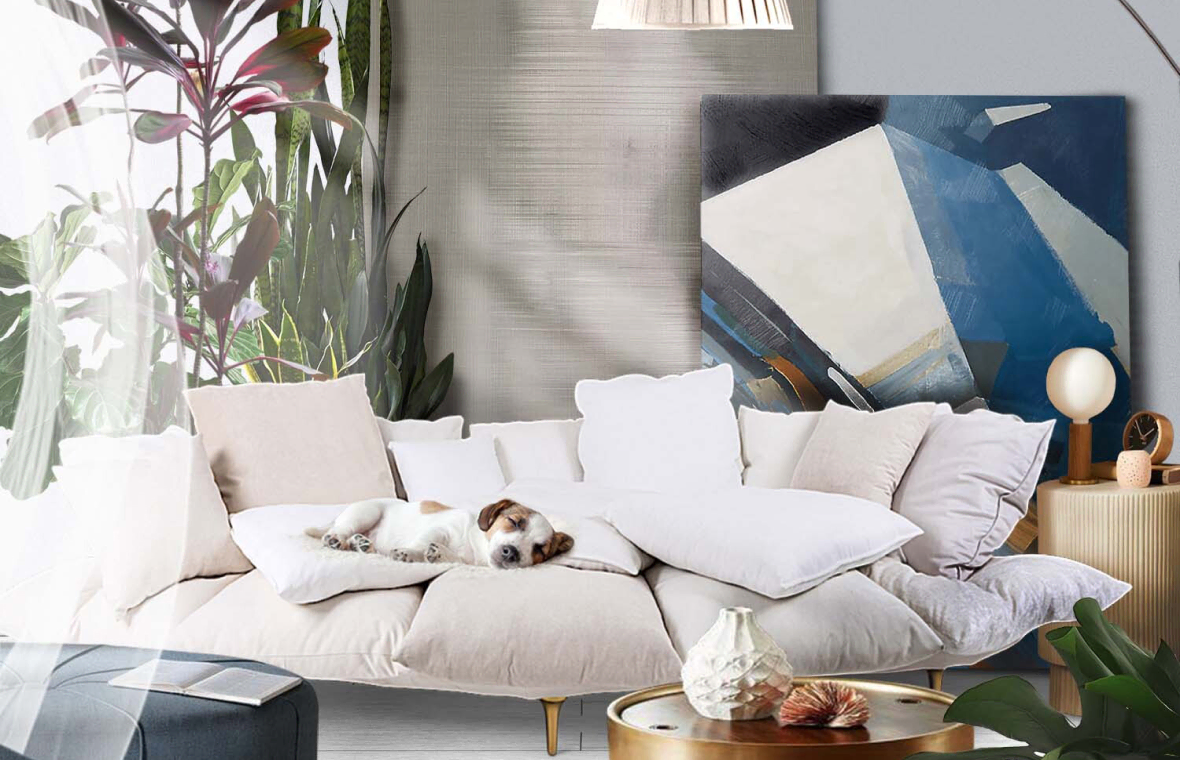
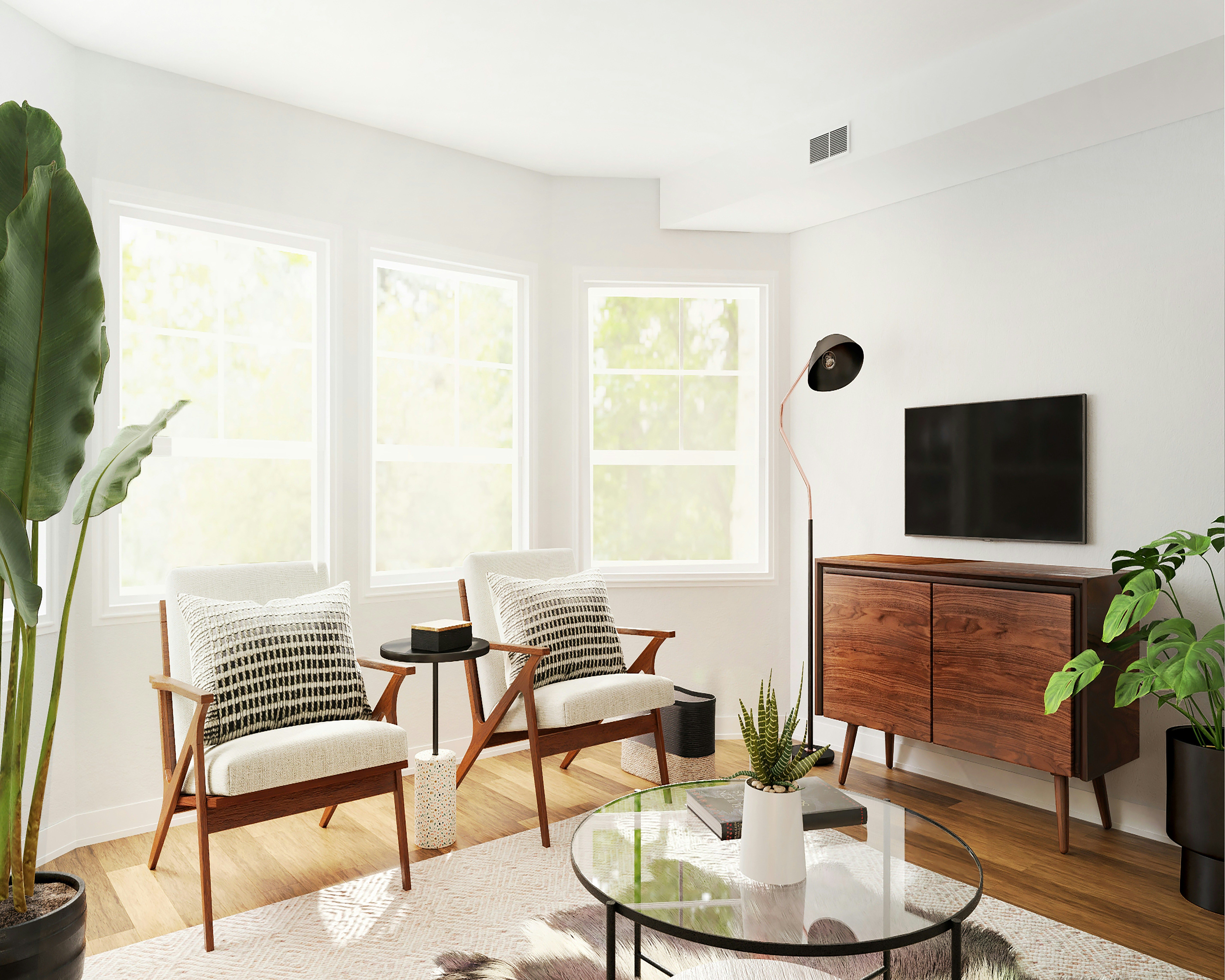
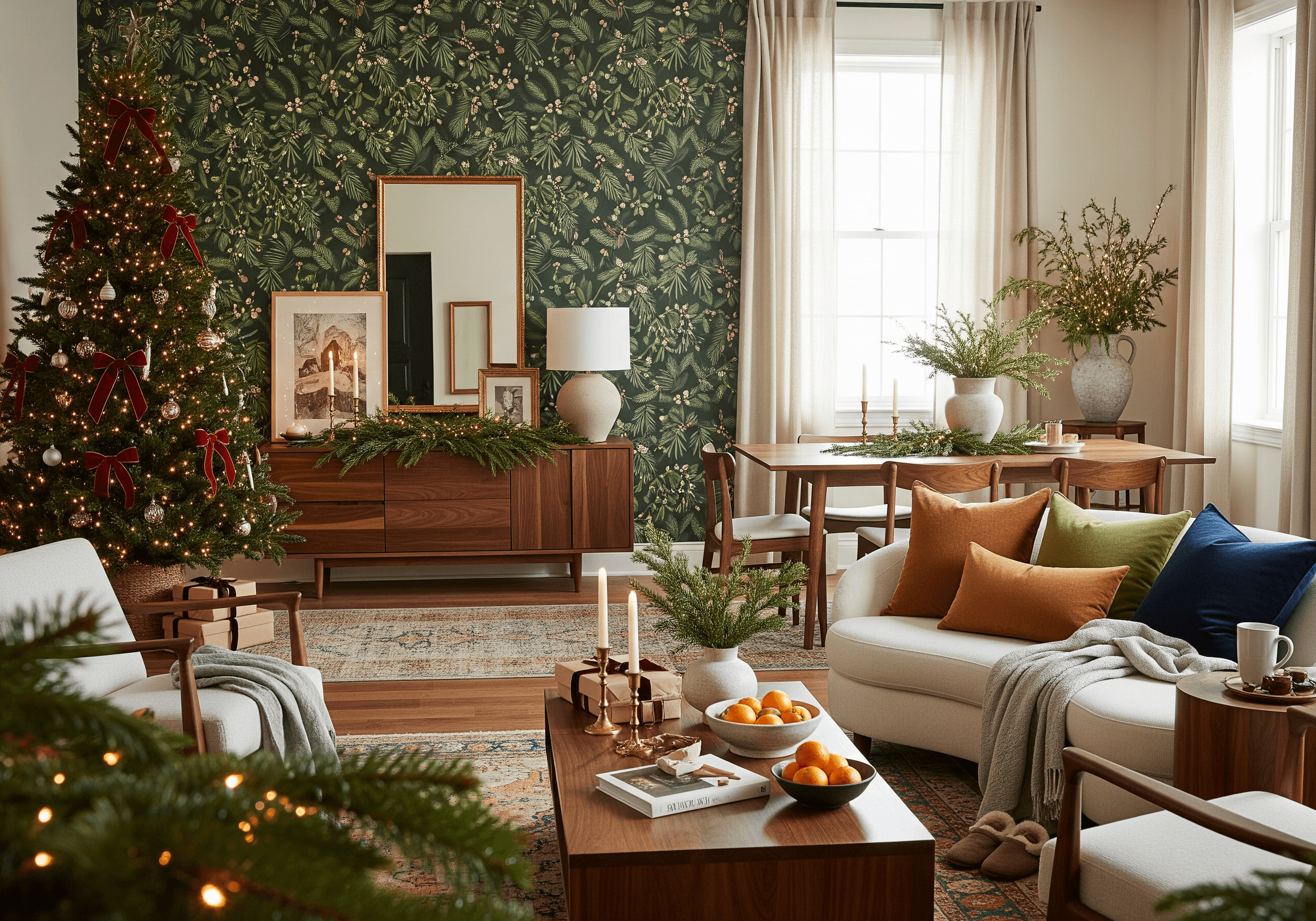
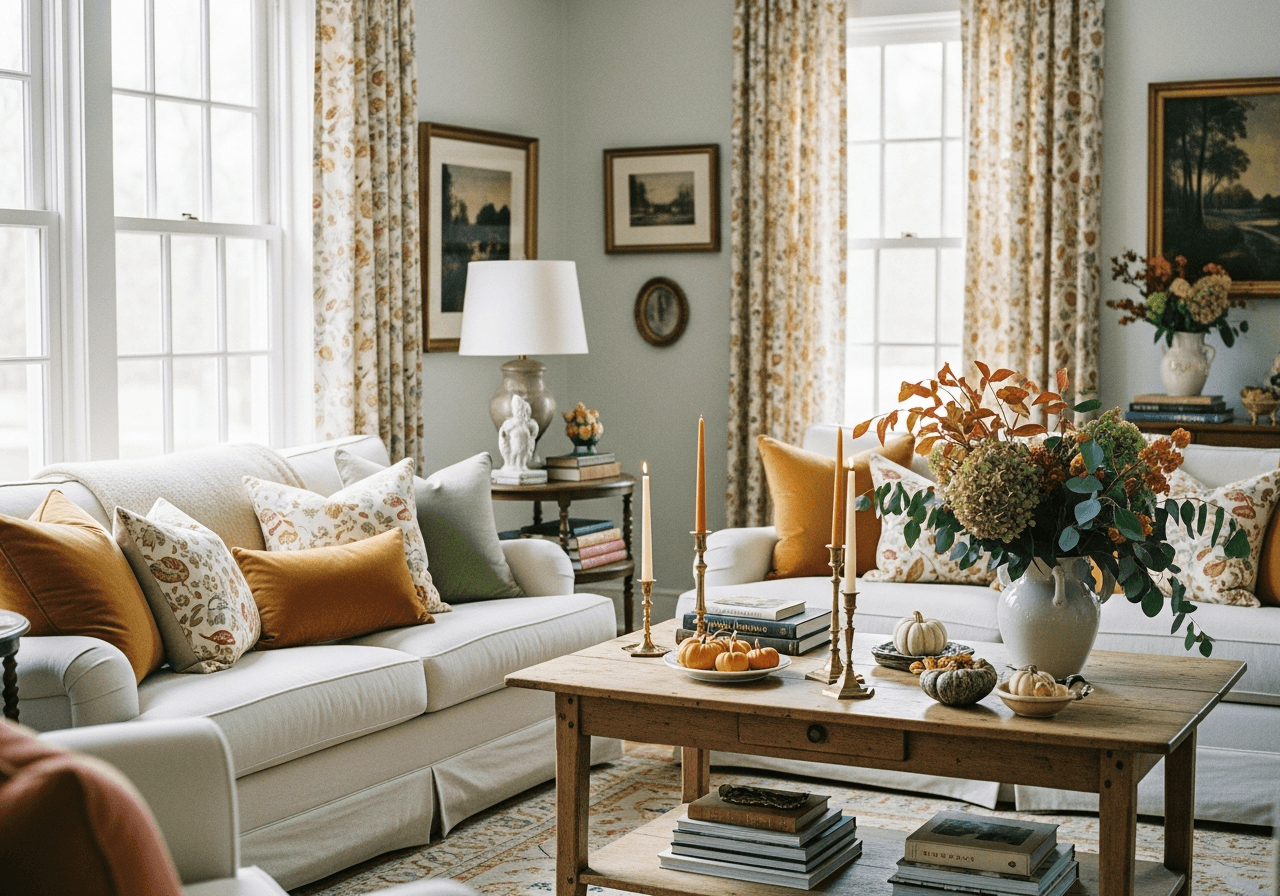
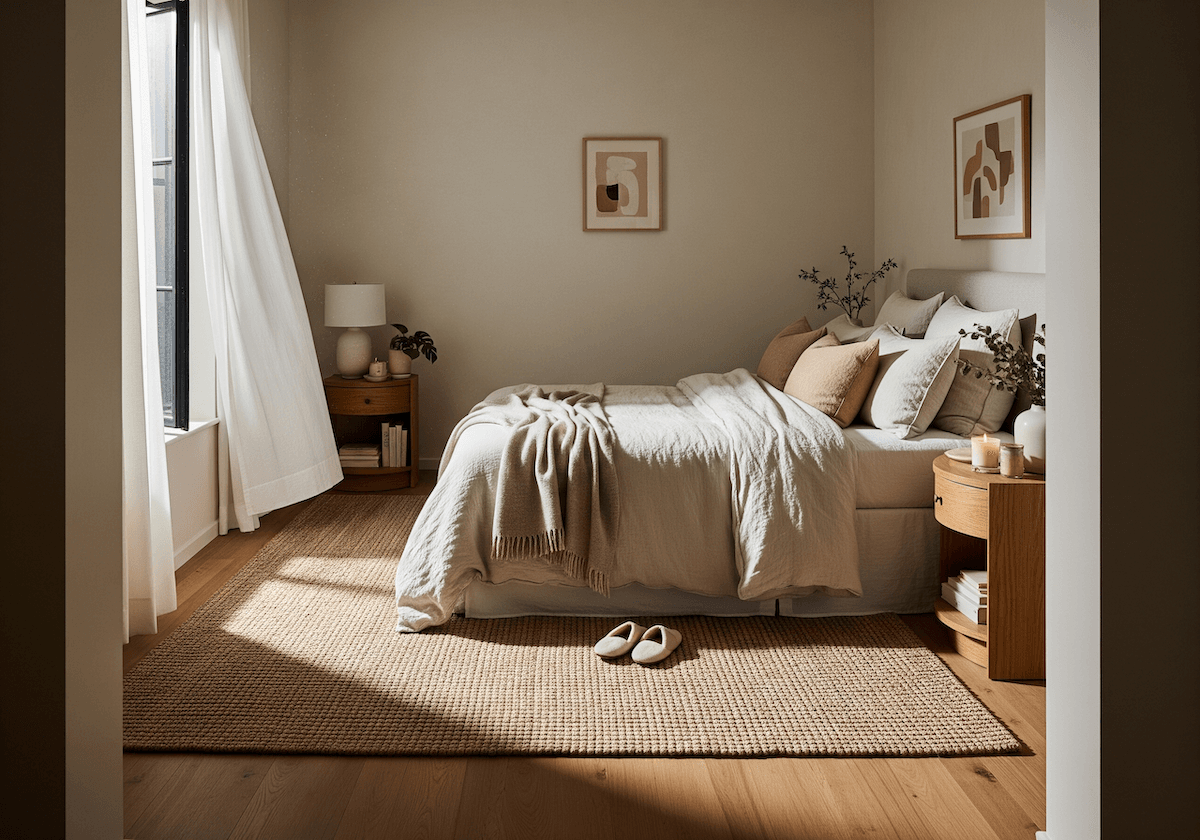

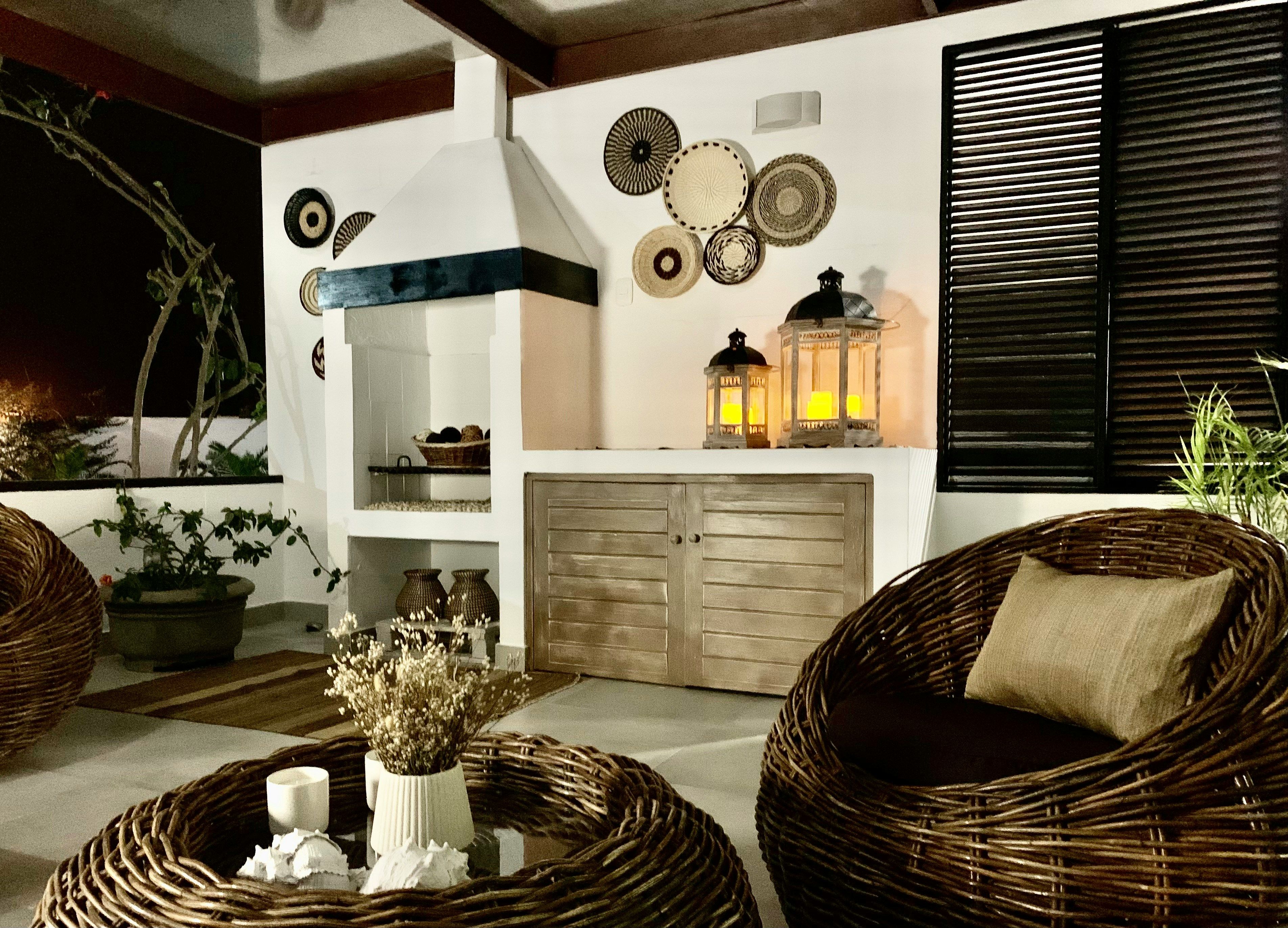



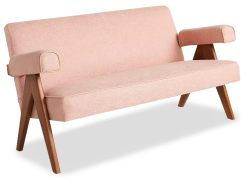

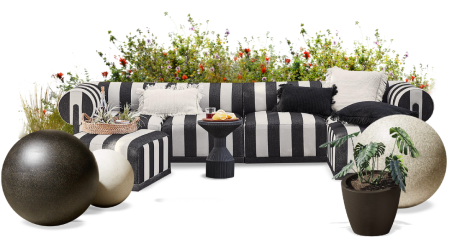
 20h left
20h left




